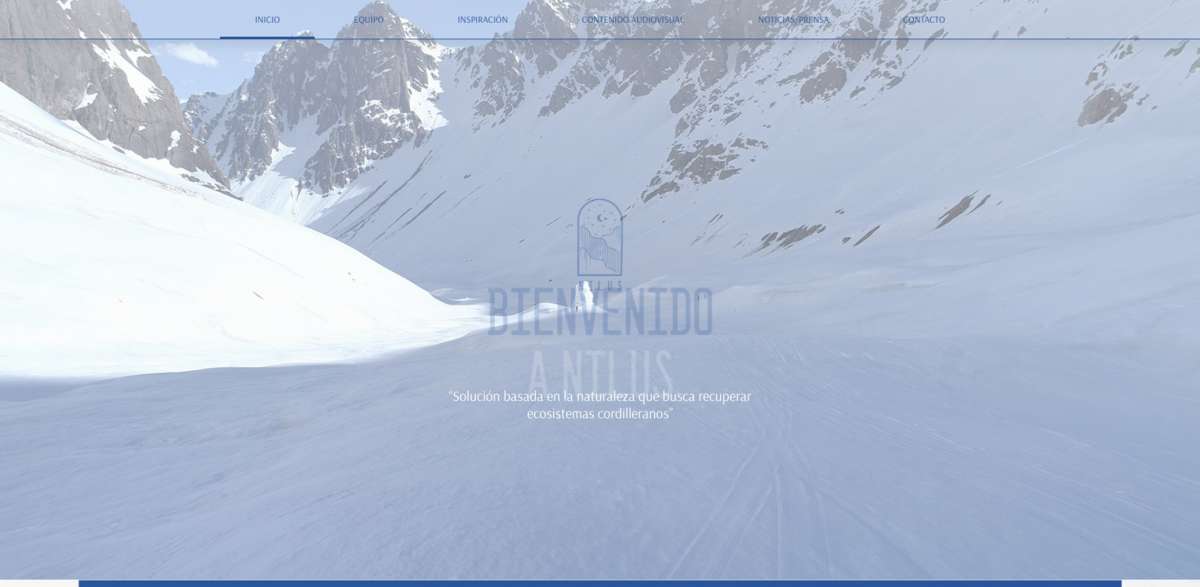What Is the Nilus Project?
The Nilus project is a nature-based solution aiming to recover mountain ecosystems in the Andes Mountains of Chile. It focuses on restoring water resources by storing water in winter through the innovative use of Ice Stupas—artificial glaciers created at high altitudes. These Stupas are refined using AI and local meteorological data collected from sensors, allowing for optimized ice formation. The stored ice then melts during spring and early summer, providing much-needed water to revive ecosystems that have vanished due to climate change and mining activities. It’s a bold, forward-thinking approach that combines traditional knowledge with cutting-edge technology to tackle environmental challenges head-on.
Main Benefits of the Nilus Project
Here’s a quick snapshot of what makes Nilus stand out:
- Restores water availability in dry mountain regions by storing winter water as ice.
- Supports the revival of ecosystems that have disappeared due to environmental degradation.
- Utilizes AI and sensor data to optimize the creation and maintenance of Ice Stupas.
- Engages local communities actively in the implementation and stewardship of ice reserves.
- Aligns with global sustainability goals, particularly the 2030 Agenda for Sustainable Development.
Community Involvement and Vision
At the heart of Nilus is a powerful vision: to foster the active participation of local communities. It’s not just about technology or science—it’s about people coming together, sharing knowledge, and taking collective action. The project inspires future generations to dream of changing the planet’s course through these shared efforts. By involving locals, Nilus ensures that the solutions are sustainable, culturally relevant, and deeply rooted in the region’s unique context.
Partners and Supporters
Nilus is not working alone. The project is backed by a network of partners and clients who share its commitment to environmental restoration. This collaboration strengthens the initiative, bringing in diverse expertise and resources. Additionally, the project is supported by Law 21.516, Article 23, which provides a legal framework that helps ensure its continuity and impact. Such support is crucial for scaling up and replicating the model in other vulnerable mountain regions.
Multimedia and Updates
For those interested in diving deeper, Nilus offers an audiovisual route that showcases the project’s journey and milestones. This content helps spread awareness and keeps the public engaged with real-time updates. Plus, the latest news and press releases provide ongoing insights into advancements and challenges faced by the project. It’s a transparent and dynamic way to stay connected with the evolving story of Nilus.
Project Impact and Sustainable Development Goals
- SDG 6: Clean Water and Sanitation – Ensuring availability and sustainable management of water resources.
- SDG 13: Climate Action – Taking urgent action to combat climate change and its impacts.
- SDG 15: Life on Land – Protecting, restoring, and promoting sustainable use of terrestrial ecosystems.
- SDG 17: Partnerships for the Goals – Strengthening the means of implementation through collaboration.
Adapting to Nature’s Challenges
Nilus embraces the great challenges of our time by adapting to nature rather than fighting against it. The project works diligently for the conservation of water resources, recognizing that these are vital for both ecosystems and human communities. By aligning with the 2030 Agenda for Sustainable Development, Nilus contributes to a global movement focused on harmony between people and the planet. It’s a reminder that sometimes, the best solutions come from working with nature’s rhythms—not against them.





















